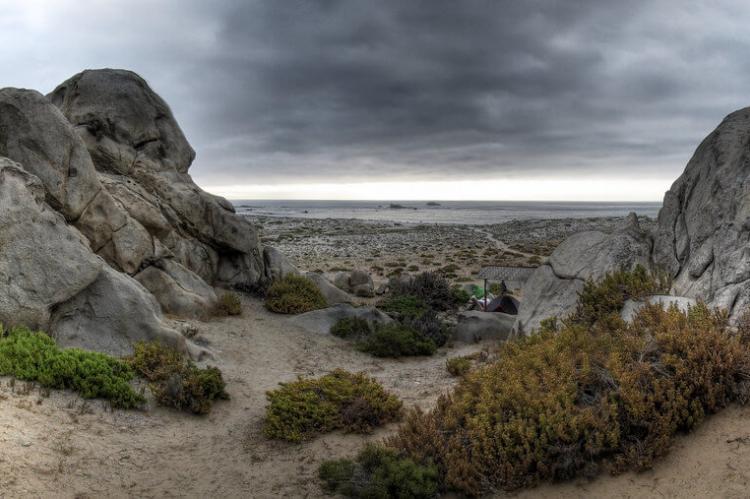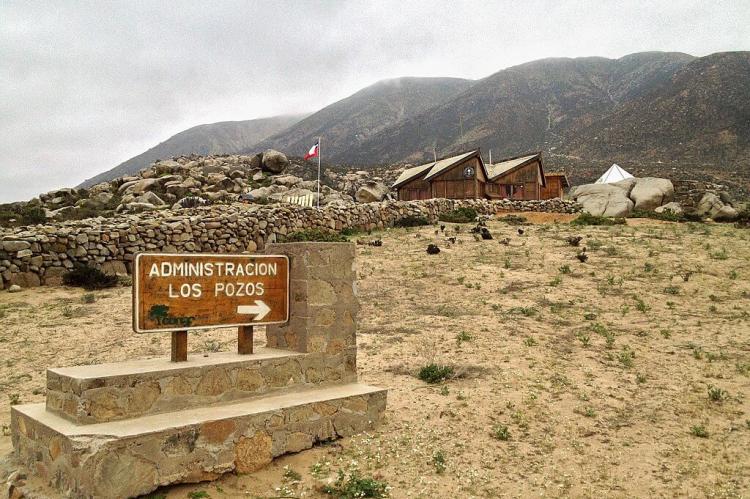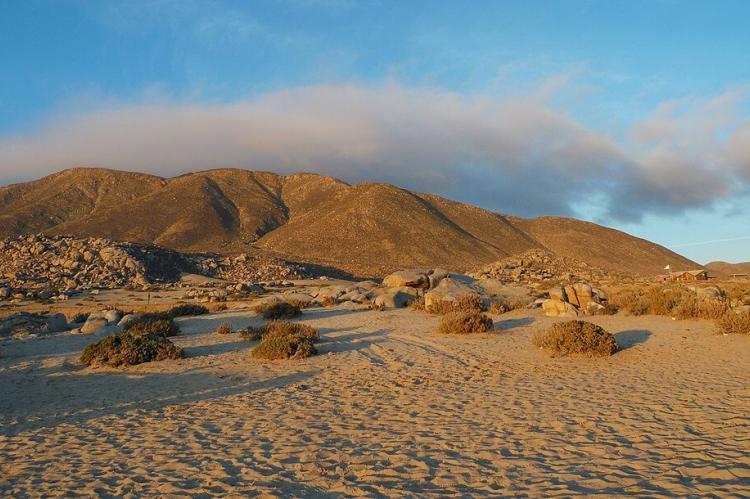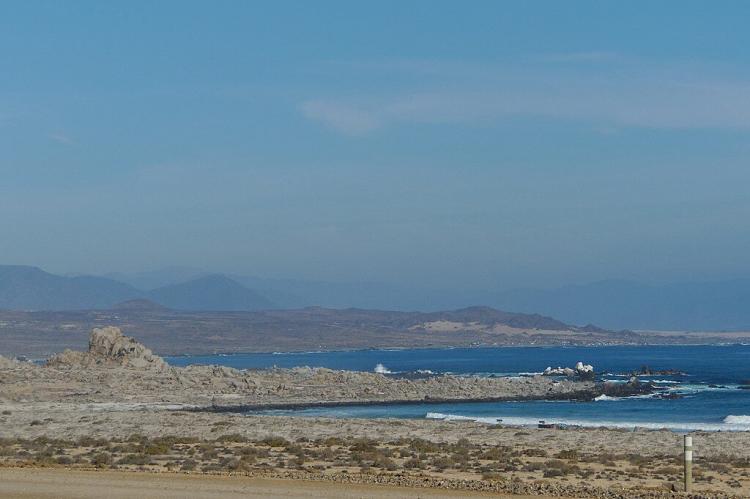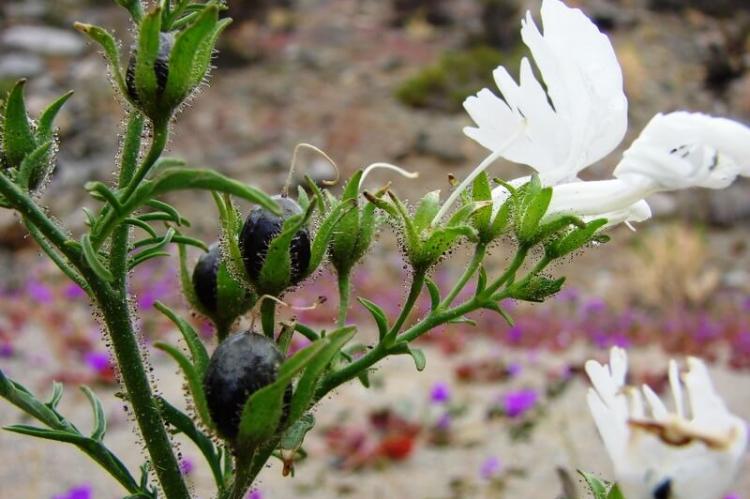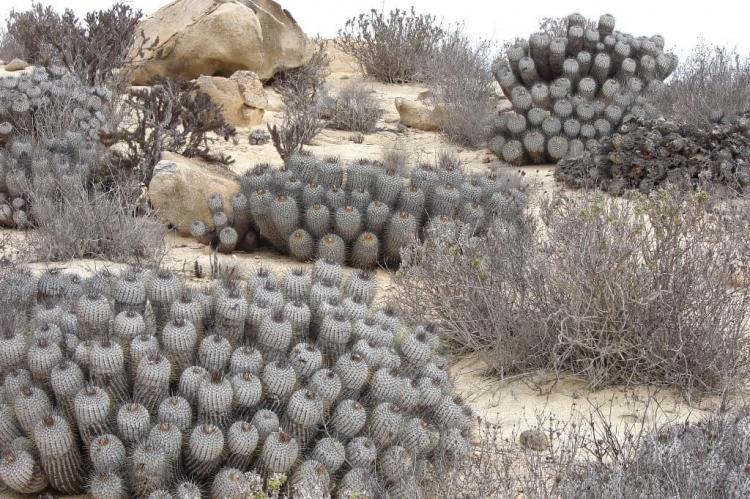Llanos de Challe National Park: A Coastal Desert Ecosystem in Northern Chile
Llanos de Challe National Park, situated along the coast of northern Chile's Atacama Region, is a captivating natural area known for its unique coastal desert ecosystem. The park is characterized by its diverse flora and fauna and striking landscapes shaped by its fog-fed ecosystem.
The Living Desert: Biodiversity and Conservation in Llanos de Challe National Park
Llanos de Challe National Park, situated along the coast of northern Chile's Atacama Region, is a captivating natural area known for its unique coastal desert ecosystem. Established in 1994 and encompassing 45,708 hectares (112,947 acres), the park is characterized by its diverse flora and fauna and striking landscapes shaped by its fog-fed ecosystem. Exploring the park's geographical features, biological diversity, and ecological significance offers a deeper understanding of its role in preserving the natural heritage of the Atacama Desert.
Geographical Features and Climate
Topography and Climate
The highest elevation within Llanos de Challe National Park is Cerro Negro, which rises to 950 meters (3,116 feet). The park's mountainous terrain is influenced by the Camanchaca, marine stratocumulus cloud banks that form along the coast. These clouds create a unique fog and mist-fed ecosystem known as lomas, essential for sustaining life in this arid region. Llanos de Challe represents one of the southernmost locations of the lomas, which extend from northern Chile to northern Peru. Consequently, vegetation is more abundant along the coast than the interior, creating a stark contrast in the landscape.
Flora and Fauna
Flora
The flora of Llanos de Challe National Park is one of its main attractions, boasting over 220 species of plants, 206 of which are native to Chile and 14 endemic to the Atacama Region. The park is renowned for its abundant cacti and the presence of rare and threatened plant species, such as the Leontochir ovallei, locally known as Garra de León or "Lion Claw." These plants often survive by growing through spiny shrubs and on rocky cliffs, demonstrating their remarkable adaptation to the harsh desert environment.
One of the most extraordinary natural phenomena in the park is the desierto florido, or "flowery desert," which occurs occasionally due to the El Niño-Southern Oscillation (ENSO). During this event, the desert blooms with a vibrant array of flowers, creating a stunning and ephemeral landscape that attracts visitors and researchers alike.
Fauna
Llanos de Challe National Park is home to the region's largest population of guanacos (Lama guanicoe). Guanacos are the largest wild mammals in Chile and are well-adapted to the extreme environmental conditions of the desert. As one of two wild South American camelids and the vicuña, guanacos play a crucial role in the park's ecosystem. Other mammals in the park include the chilla and culpeo foxes, contributing to the area's biodiversity.
The park's coastal area features pristine white sand beaches and a wetland that provides a habitat for various bird species. Common moorhens, red-gartered coots, black-necked swans, and flamingos can be found in this region, adding to the park's avian diversity. Additionally, peregrine falcons and condors are present in the park, highlighting its importance as a sanctuary for both resident and migratory birds.
Ecological Significance and Conservation
Ecological Significance
Llanos de Challe National Park plays a vital role in preserving northern Chile's unique coastal desert ecosystem. The lomas ecosystem, sustained by the Camanchaca, is crucial for maintaining the region's biodiversity. The park's vegetation, including its rare and endemic species, supports a variety of wildlife and contributes to the overall ecological balance of the Atacama Desert.
The park also serves as a critical refuge for the guanaco population, which is essential for the survival of this species in the region. The presence of other mammals and diverse bird species further underscores the park's ecological significance.
Conservation Efforts
Efforts to conserve Llanos de Challe National Park focus on protecting its fragile ecosystems and promoting sustainable tourism. The park's isolation and challenging terrain help mitigate the impact of human activity, but ongoing conservation initiatives are necessary to ensure the long-term preservation of its natural resources. Research and monitoring programs are crucial for understanding the park's ecological dynamics and addressing threats like climate change and habitat degradation.
Conclusion
Llanos de Challe National Park is a remarkable testament to the resilience and diversity of life in one of the world's most arid regions. Its unique lomas ecosystem, rich flora and fauna, and stunning landscapes make it a vital conservation and scientific study area. By protecting and preserving this coastal desert ecosystem, Llanos de Challe National Park continues to contribute to the natural heritage of the Atacama Region and the broader environmental health of northern Chile.
